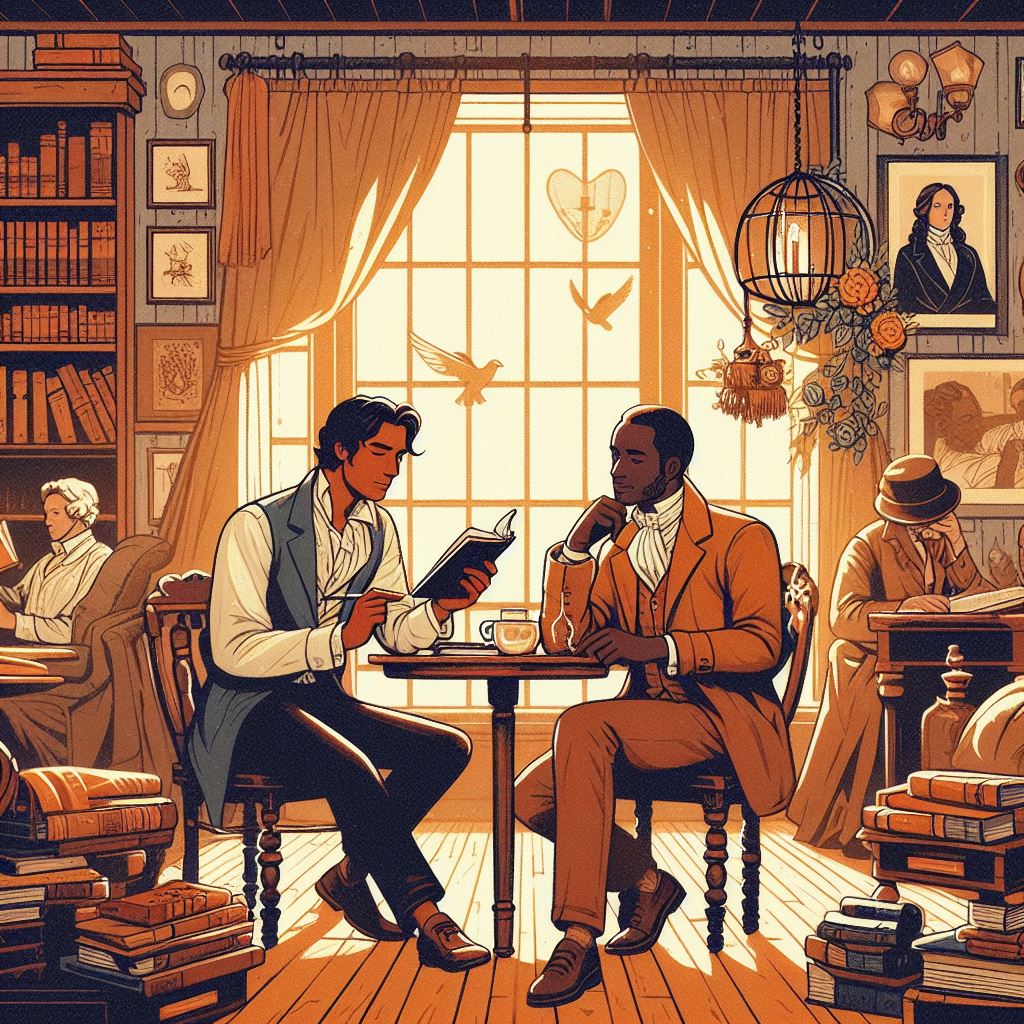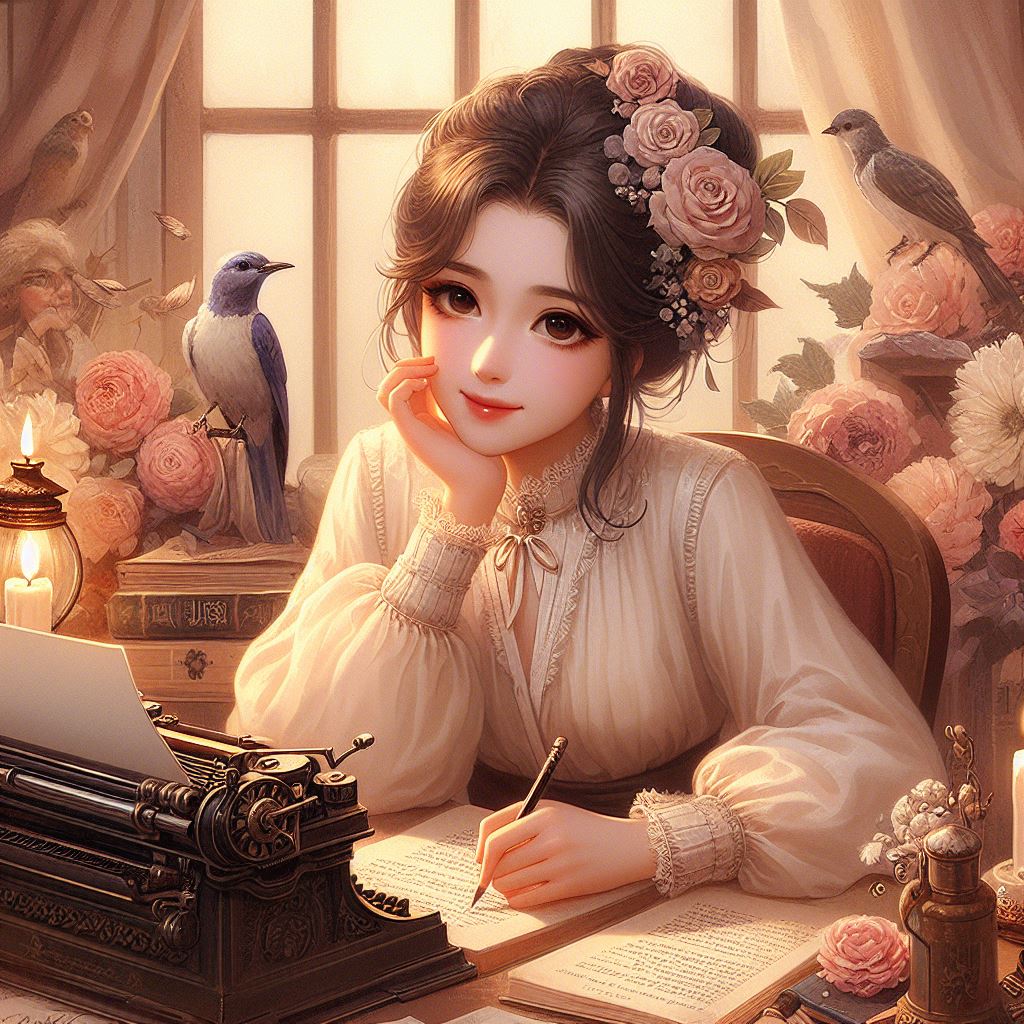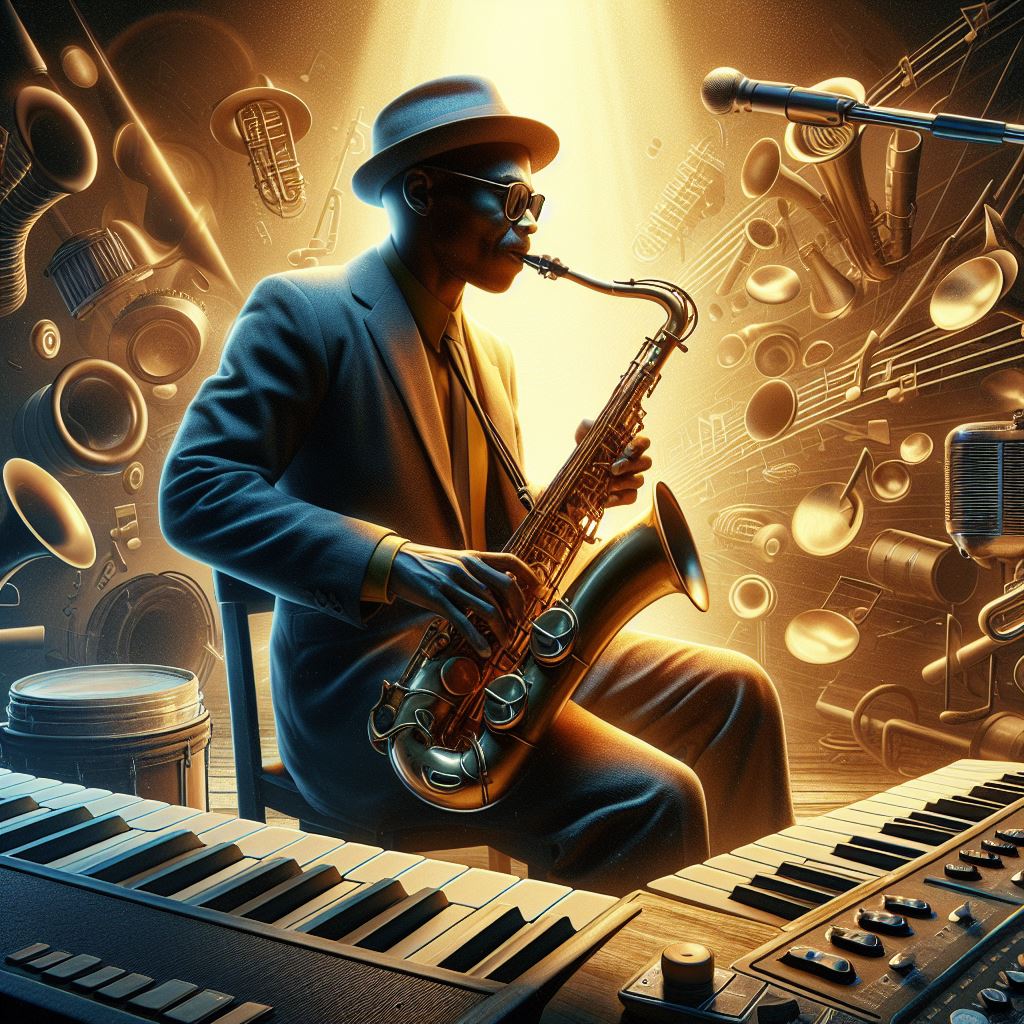Writers during the Romantic period were renowned for their rich contributions to literature, introducing themes, styles, and philosophies that were distinctly different from the periods before and after. Their work delved into the depths of human emotion, the sublime beauty of nature, the glorification of the past, and the complexities of the human spirit. But what exactly were these writers interested in, and how did their interests shape the literature of the time? Moreover, how did their preferences diverge from the realist writers who followed? This article will explore these questions and delve into the defining characteristics of Romantic literature.
The Romantic Period: An Overview

The Romantic period, roughly spanning from 1785 to 1830, was a time of great change and innovation in literature. It was marked by a departure from the classical forms and strictures of the Enlightenment and an embrace of individualism and personal expression. Romantic writers sought to break away from established norms and explored topics that were previously given less literary attention.
Emphasis on Emotion and Imagination
Romantic writers were deeply interested in the emotional spectrum and the power of the human imagination. They believed that through imagination, one could transcend the ordinary and experience the sublime—a concept that referred to the overwhelming sense of awe and wonder in the face of nature’s beauty and vastness. This interest often led them to explore themes of heroism, adventure, and the mystical, elements that were seen as pathways to experiencing and understanding the greater depths of human emotion.
Nature as a Source of Inspiration

The natural world was another central preoccupation of Romantic writers. They viewed nature as a living entity, a source of inspiration, wisdom, and solace. Unlike the Enlightenment’s tendency to view nature mechanistically, Romantic writers saw it as an embodiment of beauty and an object of reverence and contemplation. They often used nature as a metaphor for human emotions, and their works frequently included detailed, evocative descriptions of landscapes.
Interest in the Past and Exotic
Romantic writers had a deep fascination with the past, especially the medieval era, which they idealized as a time of chivalry and romance. This interest was part of a broader Romantic tendency to seek escape from the industrial present into an idealized, simpler past. Additionally, they were intrigued by exotic cultures and locales, often setting their tales in far-off lands or incorporating elements from non-Western traditions into their work.
The Individual and the Common Man
Romantics placed great emphasis on the individual, particularly the expression of individual emotions and experiences. They celebrated the common man and believed that the rustic, rural life was purer and more virtuous than the corrupting influence of urban society. This focus on the individual also led to an interest in the psychological exploration of characters, including the portrayal of intense personal torment and inner conflict.
Romantic Writers: Key Figures
Several writers epitomize the Romantic spirit in their works, three of whom are Melville, Poe, and Hawthorne. These writers, though sometimes considered dark Romantics, incorporated key Romantic elements into their narratives.
Melville, Poe, and Hawthorne as Romantic Writers
Herman Melville, Edgar Allan Poe, and Nathaniel Hawthorne are often classified as Romantic writers due to their shared interest in the complexities of the human psyche, their use of symbolism, and their exploration of the darker aspects of human nature. While each had a unique approach, their collective works embodied the essence of Romanticism through their rich, symbolic narratives and their focus on individual struggle and the supernatural.
Melville and the Quest for Meaning
Herman Melville’s “Moby-Dick,” for example, is a tale of obsession, the sublime power of nature, and man’s quest for meaning in an often incomprehensible universe. This epic narrative combined the adventure and imagination that were hallmarks of the Romantic period.
Poe’s Exploration of the Macabre
Edgar Allan Poe is renowned for his exploration of the macabre and the mysterious. His fascination with death, the supernatural, and psychological turmoil aligns with Romanticism’s interest in the darker, unexplored corners of the human experience.
Hawthorne’s Moral Complexity
Nathaniel Hawthorne’s works, particularly “The Scarlet Letter,” delve into themes of sin, guilt, and redemption. His intricate character studies and the moral complexity of his narratives are reflective of the Romantic interest in the individual’s inner life and the societal forces that shape it.
Realist Writers and Their Disapproval of Romanticism
Following the Romantic period, the literary movement of Realism emerged in response to the perceived excesses of Romanticism. Realist writers aimed to depict life as it was, often focusing on the mundane, everyday experiences of ordinary people.
Realist writers disapproved of the Romantic idealization of emotion and imagination. They found the Romantics’ focus on the sublime and the extraordinary to be unrealistic and overly fanciful. Realists sought to represent the world without the emotional exaggeration and melodrama that they believed characterized Romantic writing. They favored a more objective and detached approach, highlighting the social conditions, interactions, and environments that shaped characters’ lives.
Legacy and Influence
Despite the criticism from Realist writers, the impact of Romanticism on literature and culture is undeniable. The Romantic period introduced new ways of thinking about the human condition, the role of the artist, and the importance of nature and emotion in art.
Lasting Impact of Romantic Writers
Romantic writers expanded the emotional range and thematic scope of literature, creating works that continue to captivate readers with their depth, beauty, and complexity. Their influence can be seen in various artistic movements that followed, from the emphasis on individualism in Transcendentalism to the exploration of the subconscious in Modernism.
Conclusion
Romantic writers were interested in a wide array of themes that challenged the norms of their time and celebrated the individual, the beauty of nature, and the power of the imagination. Their works stood in stark contrast to the Realist perspective that would come later, and their legacy continues to shape literary and artistic expression to this day. The Romantic period remains a testament to the enduring power of literature to explore and reflect the deepest yearnings and complexities of the human soul.
In understanding the interests and contributions of Romantic writers, we gain insight into a pivotal era of literary history and the timeless human desire to find meaning in life’s grandeur and mystery.
For more information, visit: Clochant




